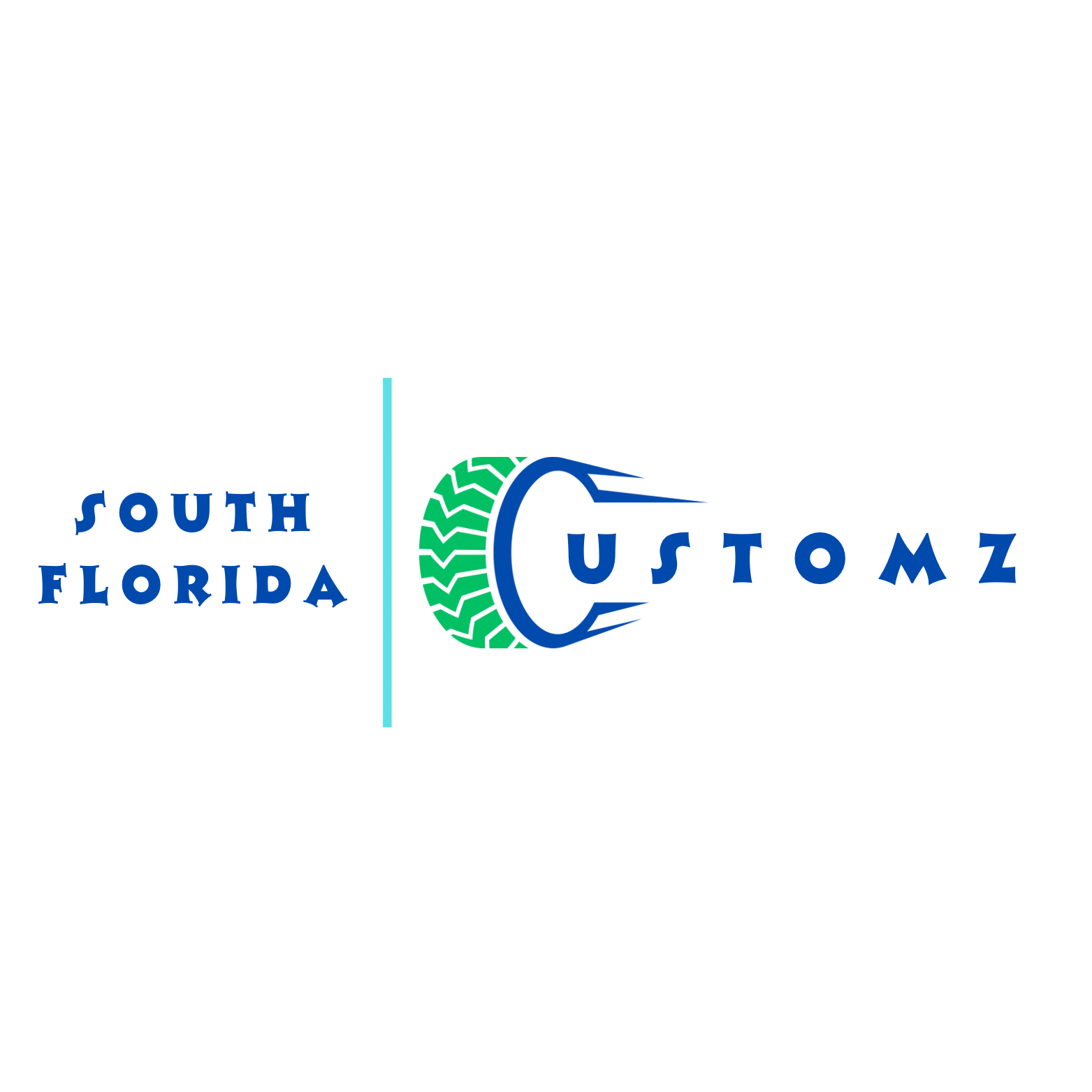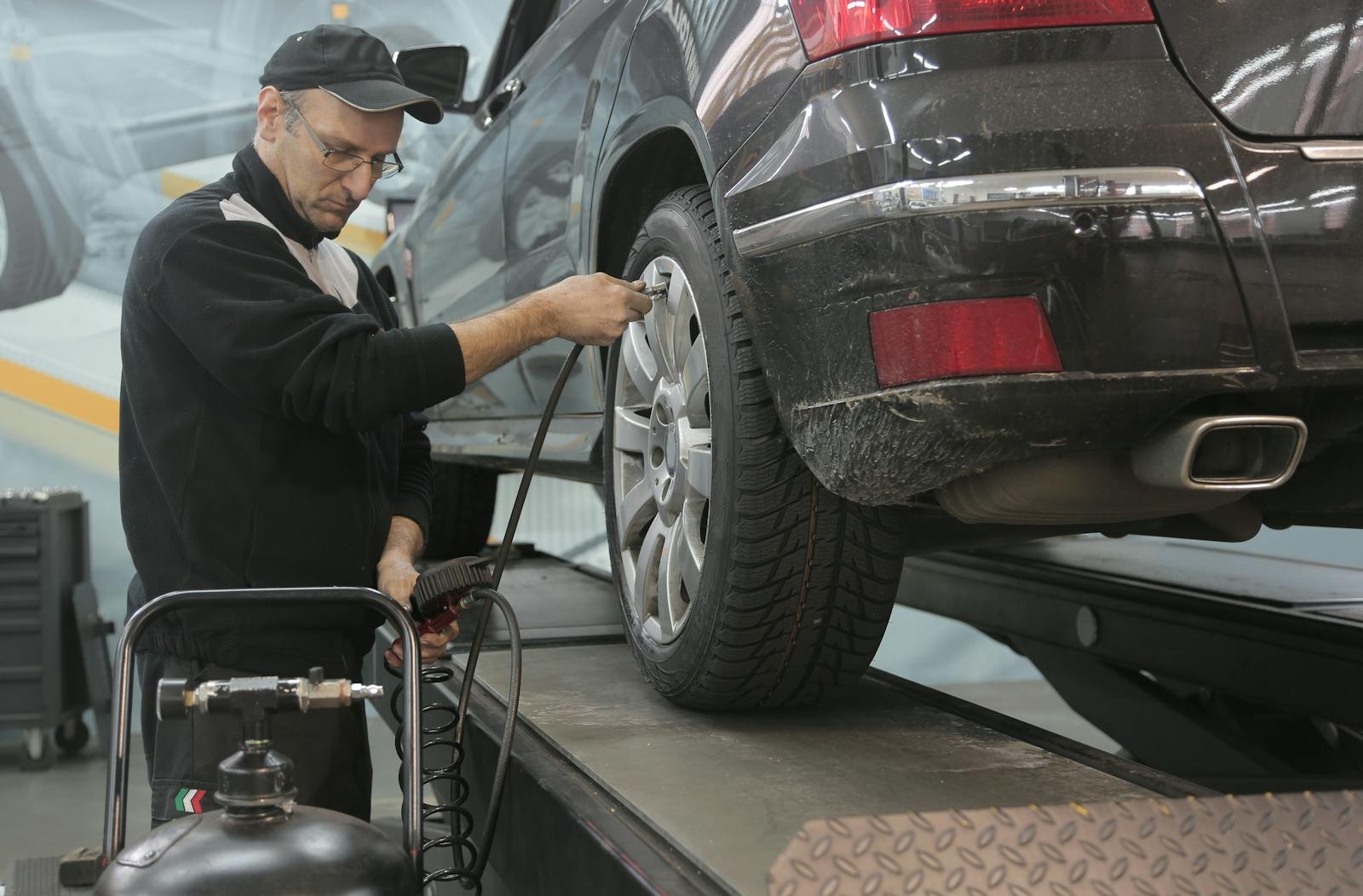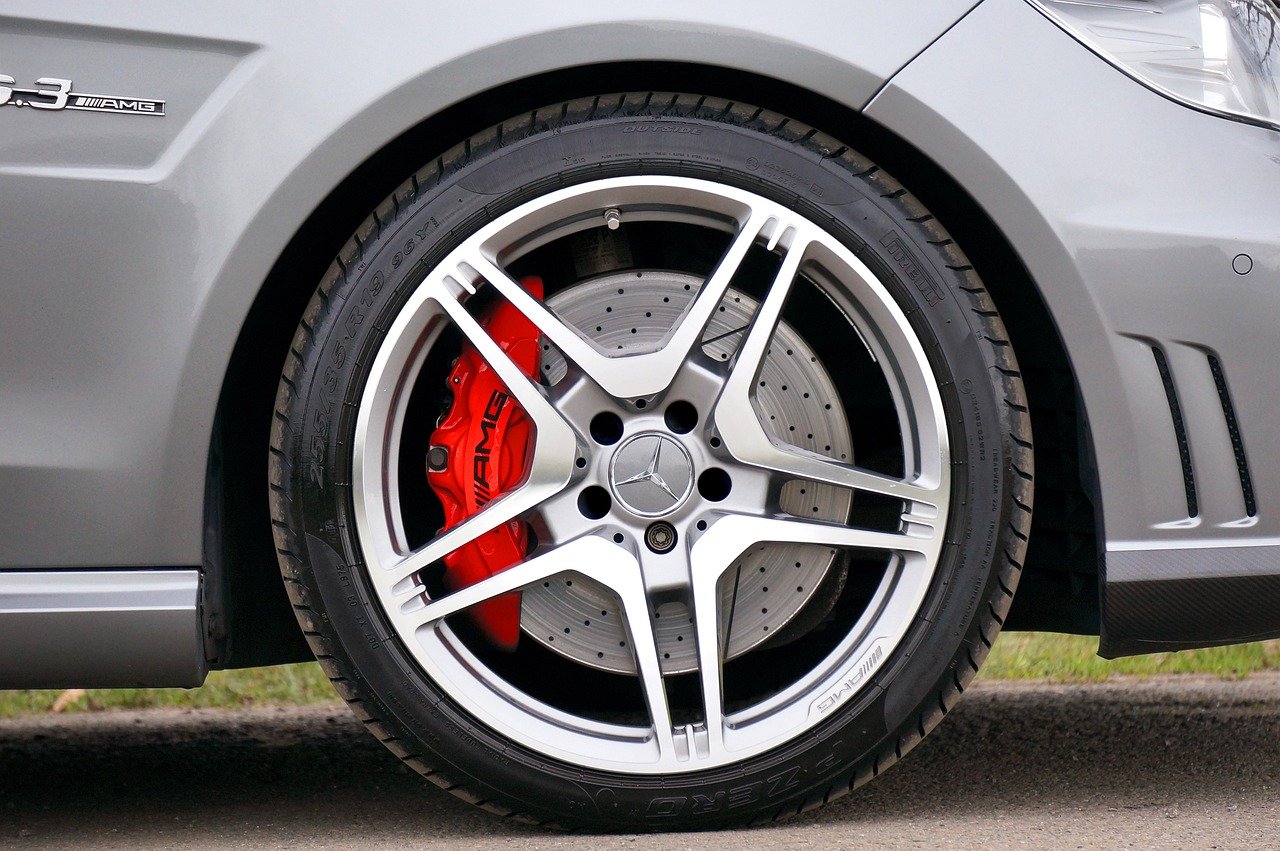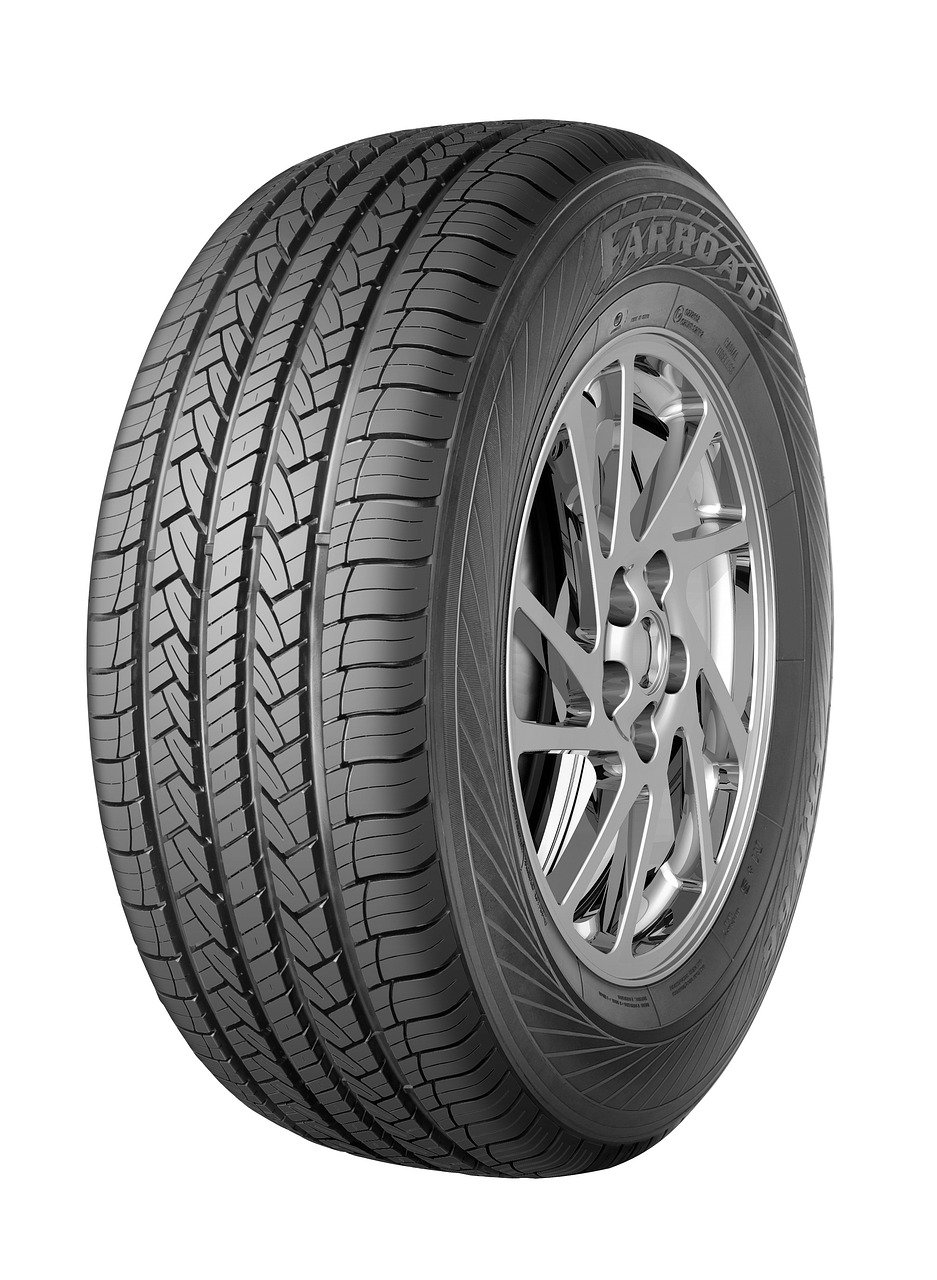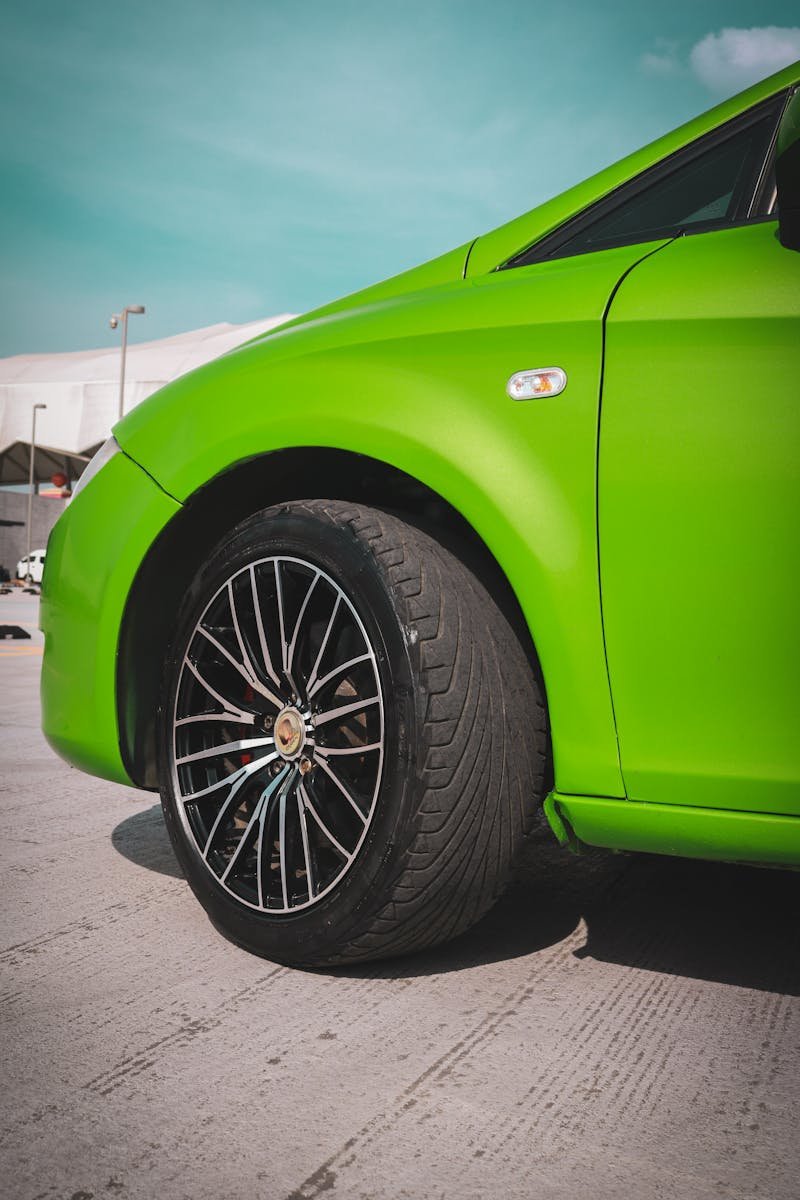Maintaining proper tire pressure is essential for ensuring your vehicle’s safety, performance, and fuel efficiency. Despite its importance, many drivers overlook this critical aspect of car maintenance. Whether you’re a daily commuter or someone who takes long road trips, checking your tire pressure regularly can prevent costly repairs and dangerous accidents. At South Florida Customz in Lauderhill, we’re here to provide expert advice on everything you need to know about tire pressure.
In this guide, we’ll cover why tire pressure matters, how to check it, the ideal pressure levels, and common tire pressure mistakes to avoid. By following these tips, you’ll extend the life of your tires and improve your overall driving experience.
Why Tire Pressure Matters
Proper tire pressure plays a crucial role in how your vehicle handles on the road. Underinflated or overinflated tires can lead to a host of problems, including:
- Reduced fuel efficiency: Underinflated tires create more rolling resistance, causing your engine to work harder and use more fuel. Keeping your tires properly inflated can improve gas mileage by up to 3% .
- Tire wear: Incorrect tire pressure can cause uneven wear, shortening the life of your tires. Overinflated tires wear down the center of the tread, while underinflated tires wear out the edges faster.
- Poor handling: Overinflated or underinflated tires can affect your car’s handling, making it harder to steer and brake properly, especially in adverse weather conditions.
To avoid these issues, it’s essential to maintain the right tire pressure for your vehicle. You can find the recommended tire pressure levels in your car’s manual or on the sticker inside the driver’s door .
How to Check Tire Pressure
Checking your tire pressure is quick and easy, and it can save you from potential problems down the road. Here’s how to do it:
- Purchase a tire pressure gauge: You can find tire pressure gauges at most auto parts stores or gas stations. There are digital and analog gauges available.
- Check when tires are cold: Tire pressure changes as the tires heat up from driving. For the most accurate reading, check your tire pressure when your tires are cold, ideally before you’ve driven the car for the day.
- Remove the valve cap: Unscrew the cap from the tire’s valve stem.
- Press the gauge onto the valve stem: Hold the gauge firmly on the valve stem until you get a reading. Compare the result to your vehicle’s recommended pressure level.
- Adjust as needed: If the pressure is too low, inflate the tire using an air compressor. If it’s too high, release air until you reach the correct level.
Need a step-by-step guide on how to check tire pressure? This article offers detailed instructions on how to check your tire pressure accurately.
What Is the Ideal Tire Pressure?
Every vehicle has a manufacturer-recommended tire pressure. This information is typically found in your car’s owner manual, on the sticker inside the driver’s door, or sometimes on the inside of the fuel door. For most passenger cars, the recommended tire pressure is between 30 to 35 PSI (pounds per square inch).
It’s important to note that the pressure listed on the tire’s sidewall is the maximum pressure, not the recommended one for everyday driving. Overinflating your tires to match this maximum pressure can result in a stiff ride and uneven wear, reducing the lifespan of your tires.
For a more detailed understanding of the ideal tire pressure for your car, check out this tire pressure guide.
Common Tire Pressure Mistakes to Avoid
Maintaining the correct tire pressure is essential, but it’s easy to make mistakes. Here are some common errors to avoid:
- Not checking pressure regularly: Tire pressure naturally decreases over time, even without a puncture. It’s a good practice to check your tire pressure at least once a month, especially before long trips .
- Overlooking seasonal changes: Tire pressure can fluctuate with changes in temperature. For every 10°F drop in temperature, tire pressure decreases by about 1 PSI . Make sure to adjust your tire pressure during seasonal transitions to ensure it remains within the recommended range.
- Relying on TPMS alone: Many modern vehicles are equipped with a Tire Pressure Monitoring System (TPMS) that alerts you when your tire pressure is low. However, the TPMS often won’t warn you until the pressure is already significantly below the recommended level. Don’t rely solely on this system—regular manual checks are still essential.
- Ignoring low tire pressure warnings: If your TPMS warning light does come on, it’s important not to ignore it. Low tire pressure can lead to blowouts, poor fuel economy, and other serious issues.
For more tips on avoiding tire pressure mistakes, this comprehensive article can be helpful.
Why Choose South Florida Customz for Your Tire Needs?
At South Florida Customz, we understand the importance of proper tire care. Our Lauderhill tire experts are here to provide you with top-notch service, whether you need a simple pressure check, a tire rotation, or a full set of new tires. We carry a wide selection of tire brands and offer personalized advice to ensure you get the best performance and safety out of your tires.
Schedule an appointment with us today at South Florida Customz or give us a call at (954) 555-5555 for more information.
FAQs
Q: How often should I check my tire pressure?
A: It’s recommended to check your tire pressure at least once a month and before any long road trips.
Q: Can I drive with low tire pressure?
A: Driving with low tire pressure is dangerous and can result in blowouts, poor handling, and decreased fuel efficiency. Always maintain your tire pressure at the recommended level.
Q: What should I do if my tire pressure is too high?
A: If your tire pressure is too high, release air from the valve until it reaches the recommended PSI. You can use a tire gauge to monitor the pressure as you release air.
Maintaining the correct tire pressure is a small task that can make a big difference in your driving safety, tire longevity, and fuel efficiency. For expert tire care in Lauderhill, visit South Florida Customz or explore our blog for more tips on keeping your vehicle in top condition.
Stay safe on the road, and keep your tires in check with regular pressure monitoring!
Ready to get the best tire deals in Lauderhill? Visit South Florida Customz or stop by our shop at 1391 NW 31st Ave, Lauderhill, FL for unbeatable offers and expert tire services. Call us today at +1 954-909-5880 to schedule your appointment and drive away with confidence!
